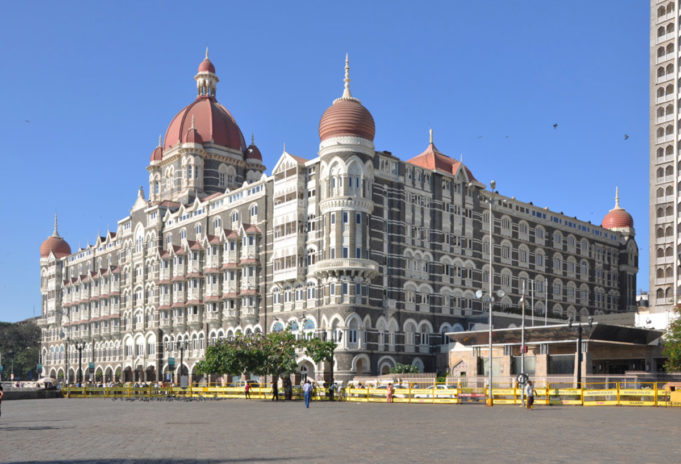The Taj Mahal Hotel was founded, according to legend, after Jamsetji Tata was refused entrance into a European-owned hotel which displayed a sign forbidding entry to dogs and Indians. He vowed to build a luxury hotel that would be open to Indians and where Indians could entertain and be entertained without being insulted. There is, however, considerable doubt as to whether the story is true.
That sign did exist, says the Taj Mahal’s deputy general manager, Birgit Zorniger, but that is almost certainly not why Jamsetji Tata chose to build the hotel.
The real reasons lie again in his commitment to developing the Indian economy. Mumbai’s hotels were few and poor, a source of discontent to visitors and locals alike.
The American writer Mark Twain complained that the cook at his hotel knew only one dish, Irish stew, which he served on fourteen consecutive occasions, each time with a different French name on the menu to disguise what was coming.
Even some of the best hotels were full of rats, which was particularly unpleasant given that there were periodic outbreaks of bubonic plague in the city.
Tata wanted to attract European and American capital and technical experts to the city, but he knew he had little chance of doing so unless visitors had access to a hotel that was both clean and safe.









